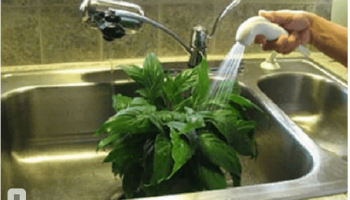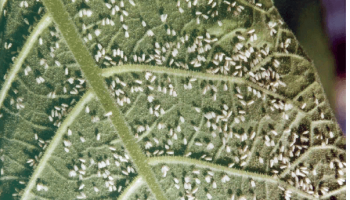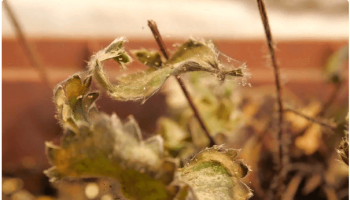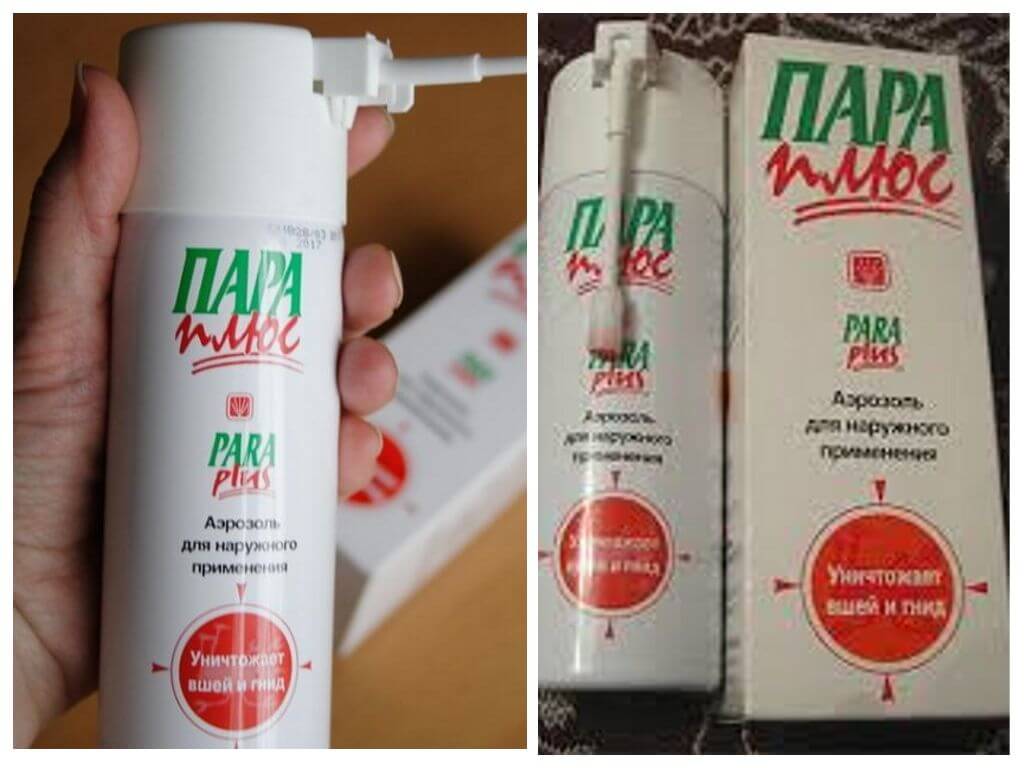All summer residents know that crop rotation must be observed. But why, for what reasons, and what consequences may cause improper sowing, we will analyze today. And also offer to study a very valuable cheat sheet, which, no doubt, will be useful to everyone.

Causes
One of the main reasons to maintain crop rotation - it can cause ailments and “lead” some pests of the garden. For example, if you plant nightshade after nightshade, then wait - late blight and alternariosis. They are not asleep. The cruciferous and pumpkin family is also not planted next to each other.
Vegetables and their families
For a simpler analysis, we suggest that you save this scheme yourself:
- Solanaceous - this includes potatoes, eggplant, tomatoes and peppers;
- Umbrella, celery - carrots, parsley, dill, fennel, parsnip, caraway seeds;
- Pumpkin - cucumbers, zucchini, zucchini, squash, pumpkin, melon;
- Cruciferous, cabbage - cabbage, watercress, horseradish, radish, radish, rutabaga;
- Hazelnuts - beets, chard, spinach;
- Amaryllis (lily, onion) - onions and garlic;
- Cereals (bluegrass) - corn;
- Asters - sunflower and salad.
Spores of fungi, pests and their larvae spend their wintering in the ground. If the situation after processing leaves much to be desired, this is a critical level, then the landing site should definitely be changed. Why? Fungicides at the time of treatment affect only the spores of the fungus themselves, and even those for a short time. That is why several treatments are carried out at once. Acaricides and intexicides - similarly, they do not affect all larvae, and adults can generally bypass.
The second and important reason for proper crop rotation - the same nutrients from the same depth are consumed from the soil. The soil is quickly depleted, and the plants wither away.
Do the same in this case? Correctly divide the cultures into groups that have the same habit (this is the height of the aerial parts, the size of the roots). And also the plants should be similar in nutrient.
What plants are divided into groups
And again we offer you the scheme:
- Leafy - cabbage, leafy salads, onions and garlic;
- Fruit and vegetable - tomatoes, cucumbers, eggplant, zucchini, pumpkin;
- Root crops - carrots, beets, potatoes, radishes, turnips;
- Legumes - beans, chickpeas, peas.
Why the situation is not getting better:
- The humic layer of soil is depleted. On poor soil, the activity of soil microorganisms is reduced, therefore, they cannot break down the organic matter, thereby feeding plants nitrogen, phosphorus and potassium.
- The mechanical composition of the soil changes - the acid-base balance also changes exactly.
Crib
It will be useful to all summer residents. Here, in two columns, the precursors for vegetable crops are indicated: in the first - the best, in the second - the worst.
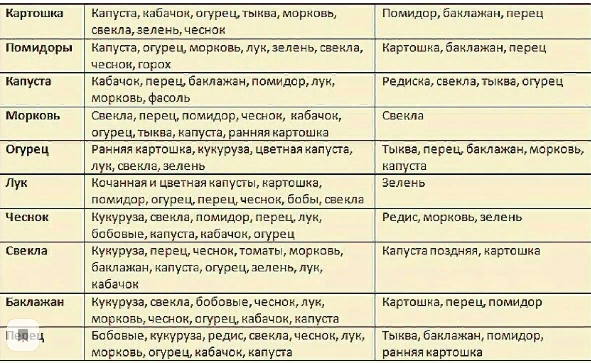
Of course, we drew attention to the most "popular" culture in the country. And then - it is always useful to distinguish nightshade from the same cruciferous.
Did you find the information useful?
